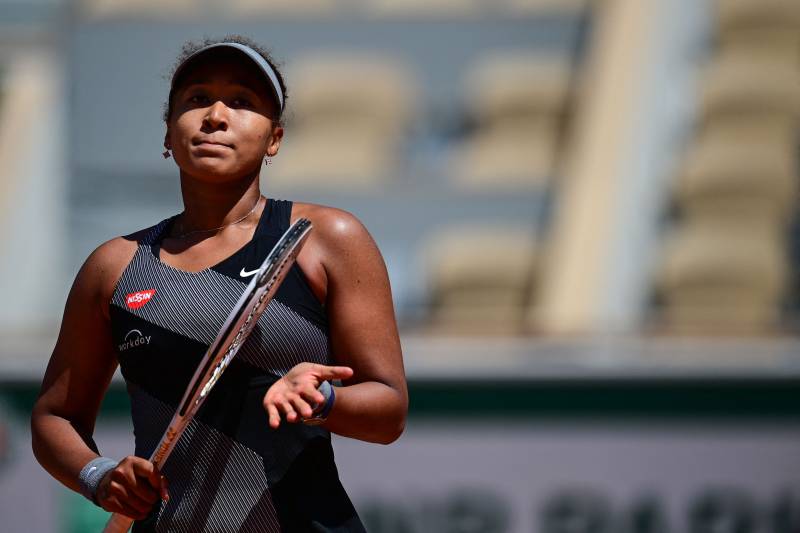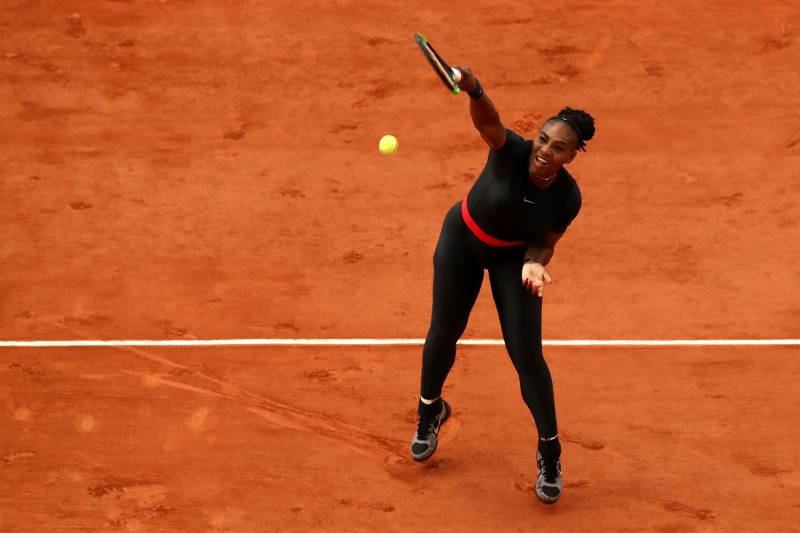On Tuesday, the tennis Grand Slams—the French Open, U.S. Open, Wimbledon and Australian Open—released a statement supporting Naomi Osaka’s decision to withdraw from competition for mental health reasons. It read, in part: “We wish to offer Naomi Osaka our support and assistance in any way possible as she takes time away from the court. She is an exceptional athlete and we look forward to her return as soon as she deems appropriate.”
To many onlookers, the sympathetic tone seemed fairly disingenuous coming, as it did, just two days after the organizations threatened Osaka with disqualification and exclusion from future tournaments. That same day—Sunday—the French Open fined the 23-year-old $15,000 for not wanting to fulfill her press obligations.
Osaka had first announced her desire to stop doing press conferences in a statement published to Twitter on May 26. “I’ve often felt that people have no regard for athletes’ mental health and this rings very true whenever I see a press conference or partake in one,” she said.
On Monday, she followed that up with a statement of complete withdrawal from this year’s French Open, released via Instagram. It read in part:
I have suffered long bouts of depression since the US Open in 2018 and I have had a really hard time coping with that. Anyone that knows me knows I am introverted, and anyone that has seen me at tournaments will notice that I’m often wearing headphones as that helps dull my social anxiety. So here in Paris I was already feeling vulnerable and anxious so I thought it was better to exercise self-care and skip the press conferences … Slams are intense. I’m gonna take some time away from the court now.”
Tennis stars like Venus Williams, Gaël Monfils, Sloane Stephens, Boris Becker and Martina Navratilova have all offered their sympathy and support for Osaka. Monfils, 34, is another tennis pro who has previously expressed mental anguish over media scrutiny. Last February at an Australian Open press conference, he broke down, telling journalists, “I’m already on the ground. You shoot me.”



